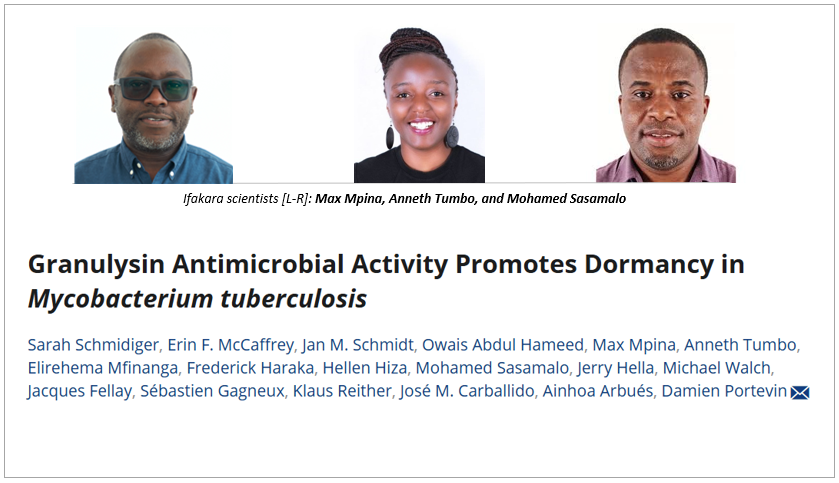
TB: How body defense may help bacteria hide

Why is tuberculosis (TB) so difficult to defeat and available treatment takes so long – up to six months? A new study reveals that one of the body’s natural immune weapons—meant to kill TB bacteria—may instead push them into hiding, allowing the infection to linger silently for years.
The “dormancy” challenge
TB, caused by the bacterium mycobacterium tuberculosis, continues to affect millions of people worldwide each year. What makes it particularly dangerous is its ability to go “dormant”. In this silent state, the bacteria cause no symptoms but resist most available drugs. Later, when the immune system weakens, they can “wake up” and trigger an active, sometimes deadly disease.
Recreating TB’s battleground
To investigate how TB slips into dormancy, the researchers recreated tiny “granulomas”—clusters of immune cells that surround TB bacteria—in the lab using blood samples from both TB patients and healthy volunteers in Tanzania. They discovered that when patient cells were used, the bacteria went into dormancy much faster.
A double-edged sword
The culprit was a molecule called granulysin, a protein produced by the body’s immune cells that acts like a "killer molecule" to destroy bacteria, including those that cause tuberculosis. Exposure to granulysin, even at low concentrations insufficient to kill the bacteria, triggers Mtb to enter a dormant, metabolically inactive state, which helps them survive.
“In this study, we unravel a role for granulysin in the induction of Mtb dormancy. Our results demonstrate granulysin activity represents an important immune component within granulomas that promptly drives Mtb‘s stress response, resorting to dormancy, only to resuscitate once the host gets immunocompromised,” explained the authors.
“It’s a double-edged sword,” the researchers further underlined. “The immune system is trying to fight, but in doing so, it may also be helping the bacteria dig in and persist.”
Implications for treatment
This hidden battle between TB and the immune system helps explain why treatment requires many months of antibiotics, and why relapses are so common. Drugs often fail to target dormant bacteria because they are not actively growing or dividing. The findings could pave the way for new treatments that prevent TB from entering this dormant state in the first place.
An international collaboration
Published in the European Journal of Immunology, the study was carried out by a large team of researchers from leading institutions, including the Swiss Tropical and Public Health Institute (Swiss TPH), the University of Basel in Switzerland, the Ifakara Health Institute in Tanzania, and partners from Europe and the United States.
Ifakara scientists play key role
Ifakara played a key role in the study, with contributions from scientists, including Max Mpina, Anneth Tumbo, Elirehema Mfinanga, Frederick Haraka, Hellen Hiza, Mohamed Sasamalo, and Jerry Hella. They played a central role in collecting patient samples, conducting immune cell experiments, and analyzing data. Their contribution was essential in uncovering this surprising twist in the fight against TB.
Read the publication here.
